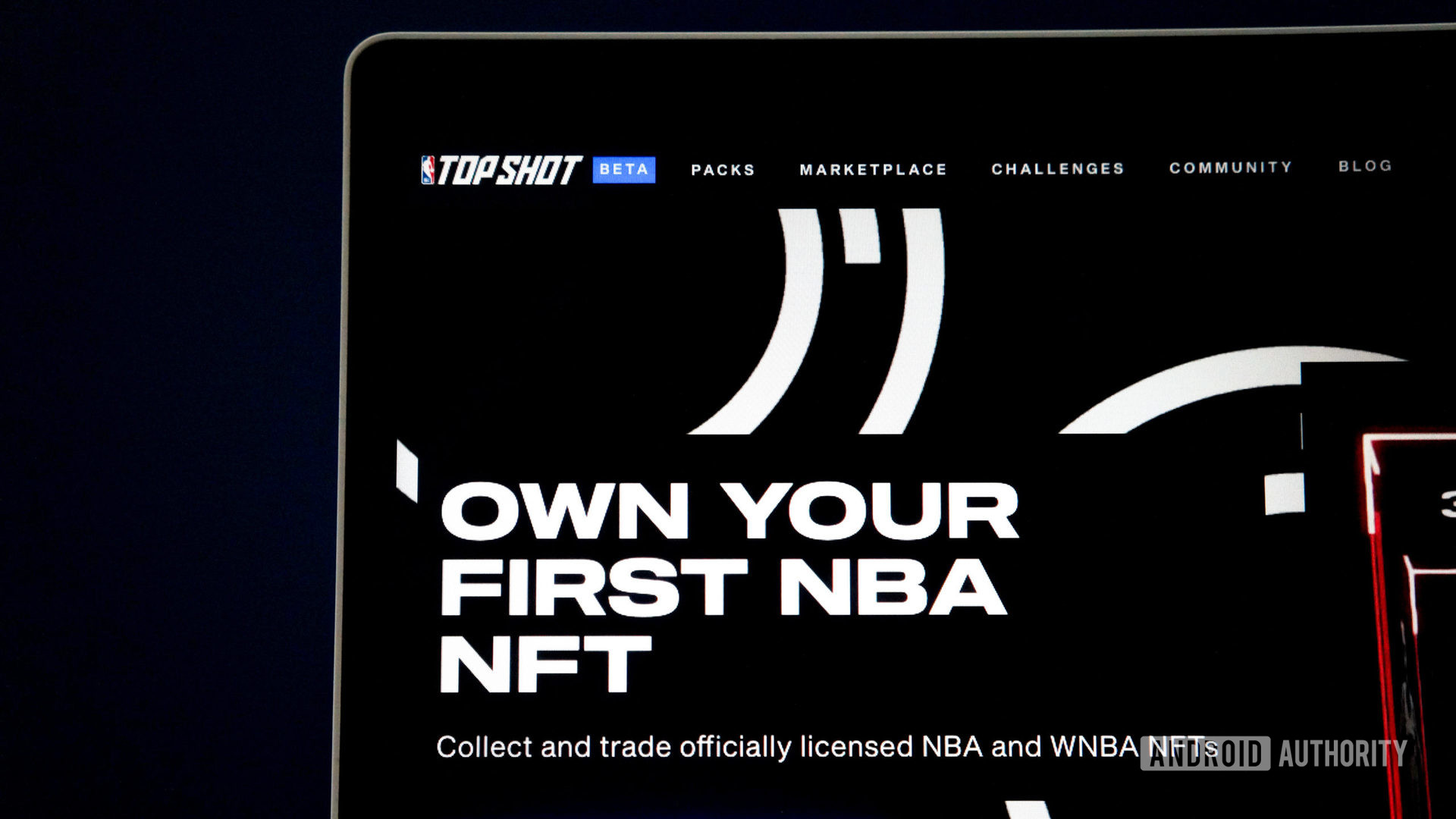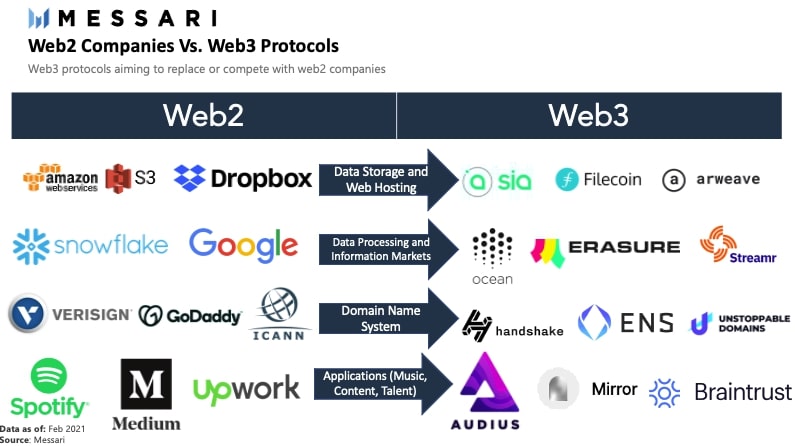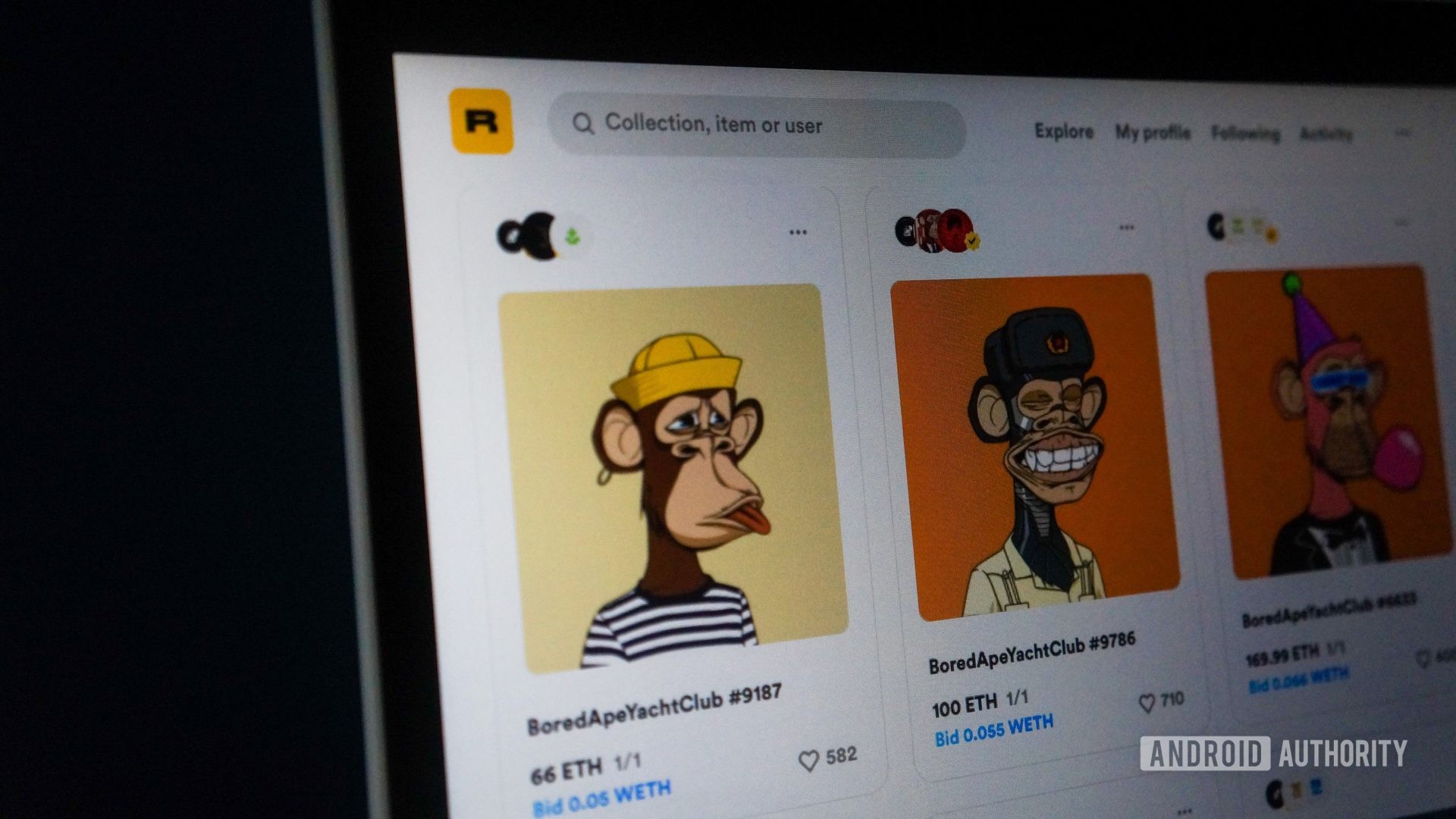
Edgar Cervantes / Android Authority
It’s hard to escape the hype and mania surrounding Web3 — often described as the next generation of the internet based on blockchain and cryptocurrency technologies.
Supporters of this new paradigm claim that it will enable digital ownership over content and art — even bringing an end to Big Tech companies like Amazon and Facebook. Meanwhile, you’ll find no shortage of skeptics and critics that argue the system is fundamentally flawed and threatens to destroy the freedom and openness of the internet.
Like always, though, the true potential of the technology lies somewhere in the middle of those polarizing takes. To that end, let’s take a closer look at Web3, its relationship with cryptocurrency, and the ongoing drama surrounding it.
Related: What is blockchain technology?
What is Web3?

Robert Triggs / Android Authority
Before we can understand the controversies surrounding Web3, it’s worth understanding what it promises. Simply put, Web 3.0 (or Web3) is a concept that envisions a world where websites, apps, and online platforms are completely decentralized.
Existing Web 2.0 platforms are almost always owned and controlled by a singular private entity — think companies like Google, Amazon, or Facebook. While we can interact with these platforms as customers or users, they have the final say in terms of the platform’s rules and who can participate. More importantly, you’re often the product — either through advertising or data collection.
Web3, on the other hand, promises to offer a fairer and more equitable system. Anyone from the general public can take partial ownership of a decentralized platform and even participate in its governance. This ownership is typically represented through cryptographic tokens, or cryptocurrencies.
A Web3 application also stores its data on a decentralized blockchain instead of databases on a handful of servers. This approach offers users greater transparency and insight into how the platform works, while also eliminating the single points of failure that Google and Amazon servers suffer from. Imagine a bank that never experiences downtime, or a social media platform that an oppressive government cannot censor.
Web3’s decentralization promises resistance to censorship, zero downtime, and increased transparency.
As an end-user, though, Web3 services don’t feel radically different from existing websites on the internet. You still need to use a traditional web browser to access them, for example.
Indeed, Web3 is all about changes under the hood — enabling data ownership and monetization without middlemen. If you don’t need decentralization, though, Web3 doesn’t bring anything new to the table. This also means that many Web 2.0 services will continue to exist in parallel, at least for the foreseeable future.
What is ownership and how is it related to cryptocurrency?

Calvin Wankhede / Android Authority
A lot of Web3’s utility hinges on its so-called ownership aspect. The idea is rather simple: developers deploy their projects on decentralized blockchain networks like Ethereum. Given this heritage, it’s not surprising that these platforms are also intrinsically linked to the cryptocurrency market. Web3 projects can create their own cryptocurrencies, often called utility tokens, for functions such as governance, fee payments, or identity verification.
Take Uniswap, for example — a popular decentralized application on the network. You don’t have to own Uniswap’s native UNI token to interact with the app, but doing so allows you to vote in the platform’s governance process. Alternatively, many users also hold the tokens as an investment. UNI’s valuation has exploded over the years, thanks to the project’s popularity. However, not all projects have found similar success.
To summarize, owning tokens allows users to stake a claim in the project and support its development — the exact opposite of most services today. Developers, meanwhile, can benefit from the tokens as they receive payouts or development grants. And since everything is transparent, one party can’t disproportionately profit at the expense of others.
What does Web3 offer in the real world?

Even though decentralized applications have been around for a few years now, they didn’t enter the mainstream until 2021. Still, you can participate right away — all you need is some cryptocurrency and a Web3-enabled wallet. MetaMask is often the go-to for most cryptocurrency enthusiasts.
You’ll find that most decentralized applications today cater to those with some cryptocurrency experience. Gitcoin, for example, allows software developers to contribute to open-source projects and earn bounties or grants in the process. Another Web3 project, Golem, aims to wrestle control away from cloud providers like Google Cloud and Amazon AWS. Put simply, it allows you to monetize your unused computing power by renting it to the highest bidder.
Web3 platforms already exist — you only need a web browser and cryptocurrency wallet to participate.
Non-fungible tokens (NFTs) represent one of the most popular Web3 use-cases at the moment. In a nutshell, they allow you to “tokenize” digital or physical assets. You can store an NFT in a digital wallet, much like any cryptocurrency. However, each NFT is unique, so they can have different prices. It’s a lot like real estate, where location, demand, and other factors influence the price of a particular asset. In fact, you can already buy virtual parcels of land in NFT form via Web3 platforms like Decentraland.
While today’s collectible NFT mania does look a lot like a speculative bubble, most agree that the underlying technology is sound. The provable uniqueness and ease of ownership aspects alone can help many real-world transactions move from paper to digital.
Land rights, certificates, and degrees could all live on a blockchain and be stored in digital wallets. Proving your identity or qualification then becomes extremely simple, since you’re the sole owner of a particular NFT.
Continue reading: What are NFTs and how do they work?
Finally, the decentralized finance (DeFi) movement also relies heavily on the fundamental principles of Web3. From decentralized loans to quick international money transfers, the sector aims to eliminate intermediaries and make financial services more accessible.
Why is Web3 so controversial?

Calvin Wankhede / Android Authority
While Web3 promises to revolutionize several facets of our online lives, it has garnered a significant amount of criticism of late. Moreover, Web3 is still very much a concept — not a concrete standard or specification. In other words, the meaning of the term is open to interpretation and changes constantly — much like the underlying decentralized technologies that power it.
The technology’s rapidly changing nature means that not much is set in stone and your experience could vary wildly between platforms. One application could offer true decentralization completely in the spirit of Web3, while another can be heavily centralized — to the point where it offers no material advantage over existing Web 2.0 platforms. This fragmentation also offers fertile ground for scams and other nefarious activities, as you’d expect from a new technology that most people know very little about.
Since Web3 lacks a universal standard or specification, quality of apps can vary wildly.
Furthermore, even though decentralization is a key tenet of Web3, critics have pointed out that some centralization is inevitable. It’s not hard to see why either.
The Ethereum blockchain that hosts many Web3 apps has ballooned in size, to the tune of hundreds of gigabytes. A developer working on a Web3 app has two choices: scour the entire blockchain themselves or fetch data from a third party. Most choose the latter, simply because of the convenience. However, that means you’re trusting a third party — sacrificing Web3’s principles of decentralization and trustlessness.
The above is only one example of how many so-called decentralized apps rely on centralized infrastructure today. In a blog post on the subject, Signal co-founder Moxie Marlinspike said, “Once a distributed ecosystem centralizes around a platform for convenience, it becomes the worst of both worlds: centralized control, but still distributed enough to become mired in time.” Nevertheless, he concluded that the Web3 ecosystem is “reminiscent of early internet days” and ripe for similar long-term growth.
Critics argue that Web3 is plagued by numerous issues today, including high fees and insufficient decentralization.
Another common complaint targeted at Web3 platforms relates to high fees. The blockchain networks that power many decentralized apps — Ethereum included — struggle with high user activity. This leads to transactions becoming extremely expensive during periods of network congestion. Thankfully, virtually all blockchain projects are working towards improving scalability in the coming years, with some moving to more efficient systems like proof of stake.
All in all, Web3 faces the same rocky road ahead as NFTs and other emerging cryptocurrency-related technologies. Various friction points — including user education, regulation, and blockchain scalability — also have to improve for the technology to become mainstream. Nevertheless, with so much talent and money entering the sector, decentralized services could one day become commonplace and user-friendly.



